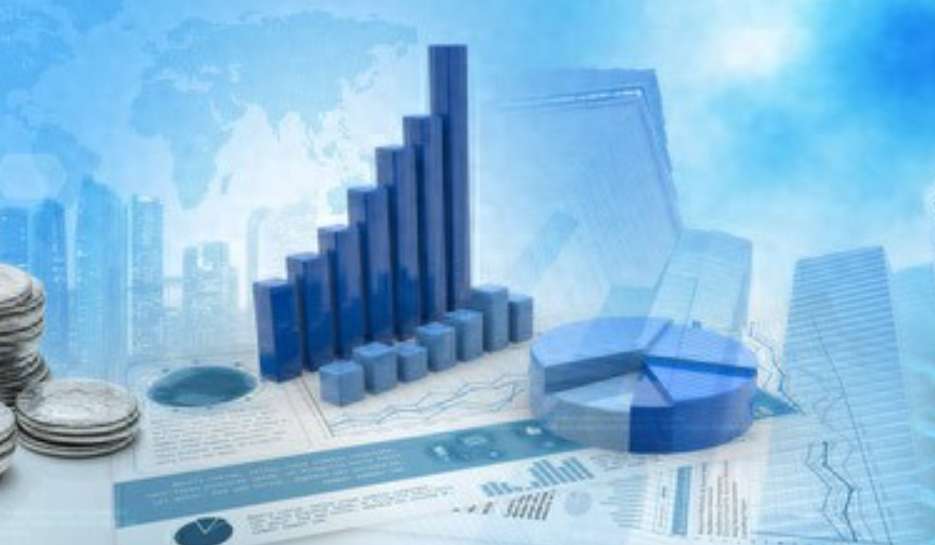The first trading day of the Year of the Snake marked a significant uptick in several market sectors,particularly in the DeepSeek concept stocks,which reached their limits,and humanoid robotics,which gained unprecedented attention.Simultaneously,with gold prices soaring to new heights,gold-related stocks also exhibited exceptional performance.On the exchange-traded funds (ETF) front,related ETFs across software,AI,robotics,and gold surged remarkably,while many high-premium cross-border ETFs experienced a steep decline,with the German ETF hitting its limit down and the Asia-Pacific Select and Saudi ETFs plunging considerably by the close of trading.
The surge in the software ETFs was particularly noteworthy,as many funds benefitted from the explosive growth of the DeepSeek concept.The performance of various ETFs reflected this enthusiasm,with software index ETFs and specific offerings from well-known financial institutions like Efunds seeing increases of over 9%.Notably,the Xinchuang ETF and the Xinchuang 50 ETF followed closely behind,eclipsing 8% gains by the end of the trading session.
According to Morgan Asset Management,the fervor surrounding DeepSeek stems from its new-generation model characterized by open-source accessibility,low-cost engagement,and high-performance capabilities,which have made it a focal point for both the global tech and investment communities.This technological breakthrough in the AI sector is reshaping investors' expectations regarding the demand for AI computational power and capital expenditures.
As for the domestic a-share market,advancements in AI big models may have far-reaching implications for the entire technology sector and the innovation of IT applications.Morgan Asset Management envisions that over the coming year—and potentially for several years—technology will serve as a crucial investment narrative.Segmented analyses reveal vibrant opportunities in fields like semiconductors,renewable energy,and information technology,all pivoting around the core focus on AI.The domestic computing capabilities are poised at a pivotal junction of breakthrough from zero to one,with similarly vast potential in AI applications.
Humanoid robotics also captured significant market interest on this day,with multiple robotics ETFs witnessing gains exceeding 4%.Zhang Lu,the fund manager for Yongying Advanced Manufacturing,anticipates that starting from 2025,many domestic and international enterprises will enter the humanoid robotics sector.Some companies are expected to launch groundbreaking robotic products and begin small-scale production,indicating a shift from thematic investment in robotics to a segment that showcases a persistent upward growth trajectory.Investments within this sector are becoming increasingly diverse and accommodating of capital.
The humanoid robotics space presents a profound beta opportunity for investors,albeit with a higher barrier to entry compared to other sectors.There are substantial requirements regarding capital investment,technical capabilities,and resource integration.Key players within the value-laden humanoid robotics supply chain deserve attention,including companies that manufacture robotic assemblies,lead screws,gear reducers,sensors,motors,and dexterous hands.
Moreover,the gold market has continued its remarkable ascent during the festive season,with the Shanghai gold futures starting the trading session today with nearly a 3% increase,approaching 670 RMB per gram,an all-time high.Various gold-related ETFs,including those dedicated to gold stocks and gold industries,also rose above 4% in response.
Liu Tingyu,the fund manager of the Yongying Gold Stock ETF,attributed the upward trajectory of gold prices to investor anxieties regarding external environments and expectations of an ongoing interest rate-cutting cycle amidst a backdrop of global economic weakness. Additionally,recent plummeting Bitcoin prices might have redirected some capital flows towards the gold market.
Additionally,recent plummeting Bitcoin prices might have redirected some capital flows towards the gold market.
Looking ahead,the trend of global central banks buying gold remains a long-term support factor for gold prices.Loose global monetary policies are driving down real interest rates,while potential American policy adjustments could lead to secondary inflation,rising deficit rates,and increasing global economic uncertainties,all suggesting room for further increases in gold prices this year.
Lastly,cross-border ETFs have exhibited a notable continuation of their downward trend.By the close of trading,the German ETF hit its limit down,with significant declines also observed in the Asia-Pacific Select ETF and the Saudi ETF.Nonetheless,there's still a pool of cross-border ETFs maintaining high premium rates.For instance,on February 5th,new economy and education ETFs surged,boasting premium rates exceeding 15%.The dramatic fluctuations among cross-border ETFs highlight the complexities and uncertainties of global financial markets.The downturn of the German ETF may correlate with subpar economic data,adjustments in the European Central Bank’s monetary policy,and geopolitical tensions.Similarly,the declines in the Asia-Pacific Select and Saudi ETFs can be linked to regional economic conditions,political climates,and shifts in global market risk appetites.The persistence of some high premium rates within cross-border ETFs can perhaps be attributed to misaligned market supply and demand,oscillating investor sentiments,and overly optimistic or pessimistic expectations regarding the economic outlook for their respective areas.
For investors considering cross-border ETF investments,it is crucial to closely monitor global economic conditions,policy changes,and market dynamics to accurately appraise investment risks and formulate sound investment strategies.